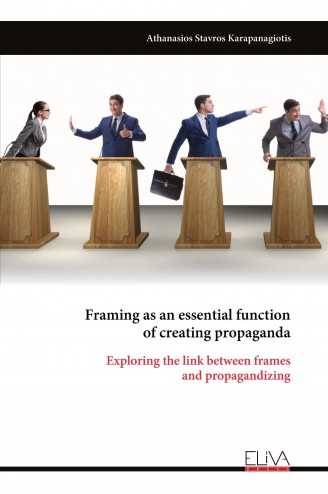
Framing as an essential function of creating propaganda
€ 42.5
Páginas:43
Publicado:
2025-02-05
ISBN:978-99993-2-397-0
Categoría:
Nowe wydanie
Descripción
Dejar revisión
Descripción
In an era where the media shapes perceptions and influences public opinion, the study of how information is framed, and the role of propaganda has never been more relevant. This study delves deep into the mechanisms through which media frames inform, distort, and manipulate public understanding, shedding light on the powerful interplay between framing theory and propagandistic techniques.
Through a comprehensive examination of both historical and contemporary examples, this dissertation uncovers how different frames -whether subtle or overt- are utilized to steer public narratives and influence collective beliefs. The study explores key concepts from framing theory, offering an insightful analysis of how frames are constructed, disseminated, and internalized by audiences. In turn, it examines the ways in which these frames serve the interests of political, social, and economic elites, often acting as tools of propaganda.
Drawing on a case study from modern-day Russia, this study dissects the strategies used by both state and non-state actors to control the narrative. It illustrates the subtle yet pervasive influence of media framing on public consciousness, highlighting how different groups use frames to maintain power, perpetuate ideologies, or manipulate emotional responses.
This book offers readers not only a theoretical exploration of framing and propaganda but also practical insights into how these mechanisms shape our worldview. Whether through the creation of an enemy image, the promotion of certain values, or the manipulation of fear, the book shows how framing becomes the bedrock of persuasive, often coercive, campaigns designed to shape mass behavior.
Framing as an essential function of creating propaganda is a crucial resource for scholars, media analysts, and anyone interested in understanding the power of communication in the modern world. By examining the hidden forces at play in the construction of messages, it challenges readers to think critically about the media they consume and the propaganda techniques shaping their reality.
